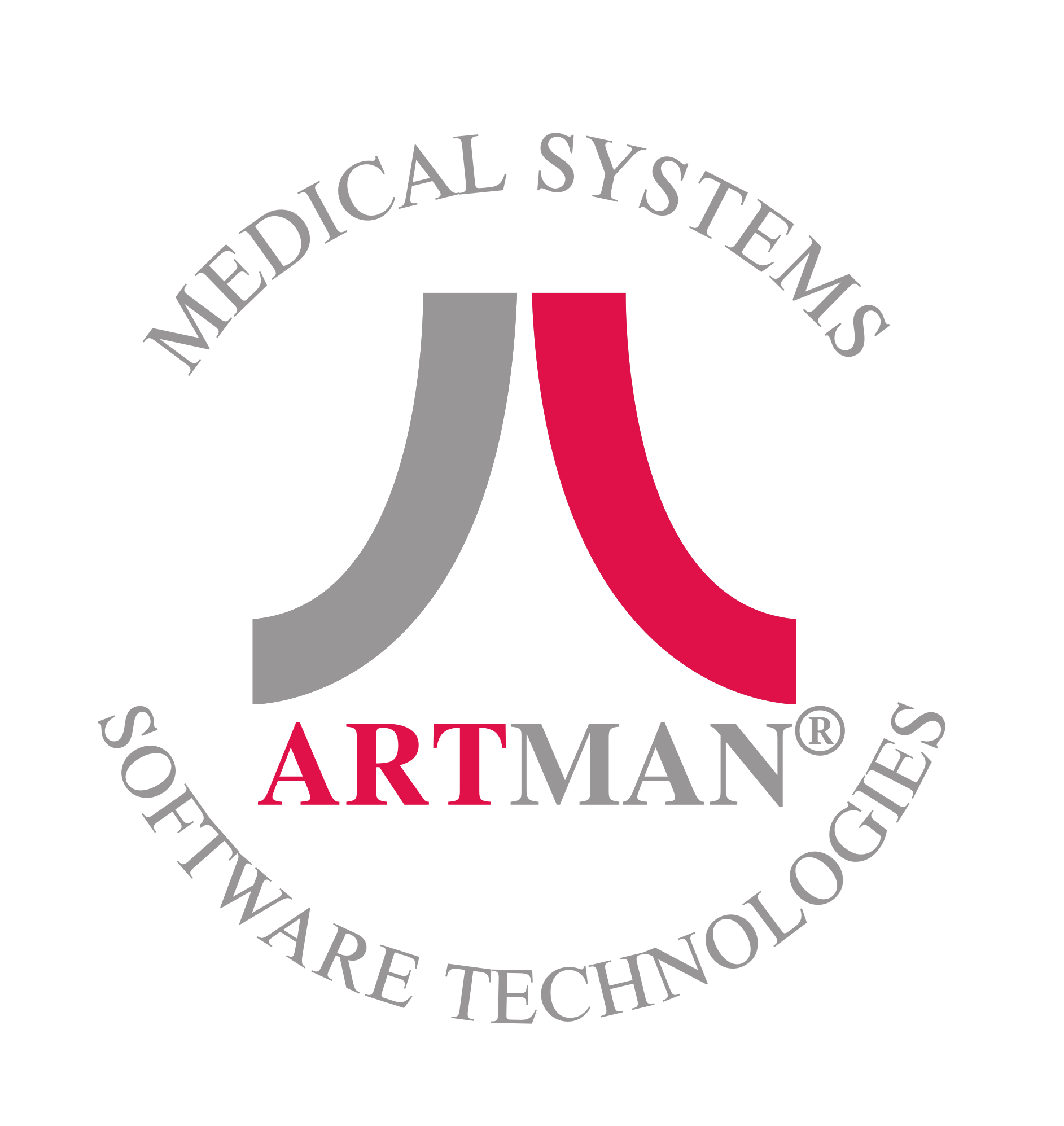Dialysis Hospital System
Dialysis is a medical treatment that helps to remove waste products and excess fluids from the blood when the kidneys are no longer able to perform these functions sufficiently. It is a process that mimics the function of the kidneys by filtering the blood and removing impurities, excess fluids, and salts. If the patient’s circumstances are more critical, they may become eligible for a kidney transplant.
The Dialysis Module in the National Transplant System has been specifically tailored to meet the unique needs and requirements of a dialysis hospital environment. It has been carefully designed to integrate seamlessly with the hospital’s established processes, ensuring optimal efficiency and effectiveness in patient care. As patients move through different stages of their treatment journey, the software provides access to relevant sections and forms. Throughout the process, the Dialysis Module guides the user by providing clear instructions and prompts, ensuring that all required information is captured accurately and efficiently.
New patients are added to the Dialysis List and forms are used to collect data on patients. They include fields for personal details as well as medical information. Once the data is collected, it is stored in a registry that can be easily filtered and manipulated to facilitate data analysis and decision-making. Tools for generating charts and other visual representations of the data are also available.
To ensure the accuracy and validity of the data, the software also includes various health and user error validations. Health validations include warnings for abnormal lab results and user error validations include alerts for missing or incomplete data, as well as built-in error prevention features such as mandatory fields and data formatting requirements.
The application also features a simple, straightforward user interface:
- The program is driven by menus, tables and forms.
- Controls are simple, logical and intuitive.
- Data entry is choice-based and greatly simplified.
- The program uses medical terminology and avoids technical details.
- Forms and reports match widely used paper-based equivalents.
- The environment is fully customizable.
The National Transplant System also allows for direct transfer of patients in the Dialysis Module to the National Renal Waiting List for transplantation. The patient’s laboratory data and status history are also transferred and can be referenced by transplant centres. The option to activate patients back on Dialysis after rejection is also available.
Dialysis Forms
Profile Form
The purpose of this form is to collect general profile information about the patient. Items include identification, contact details and patient demographics.
Core Dialysis Form
The purpose of this form is to collect core dialysis information. Items include registration, treatment, comorbidities, insurance and sponsor information.
Hemodialysis Form
The purpose of this form is to collect information for patients undergoing hemodialysis. Items include hemodialysis data and observations.
Peritoneal Dialysis Form
The purpose of this form is to collect information for patients undergoing peritoneal dialysis. Items include peritoneal dialysis prescription, exchange, cycles, observations, complications and infection event reporting.
Dialysis Medications & Treatment Form
The purpose of this form is to collect dialysis medications and treatment information. Items include anti-hypertensive, lipid lowering, renal bone and anemia treatment.
Dialysis Performance Form
The purpose of this form is to collect dialysis performance information. Items include for example Urea Clearance, Creatinine Clearance and Ultrafiltration Volume.
Laboratory Forms
The purpose of these forms is to collect laboratory results information. Laboratory tests include for example Serology, Haematology, Biochemistry, Kidney Function and Electrolytes.
Transfer Form
The purpose of this form is to collect information related to transferring the patient. The patients can be transferred to the renal waiting list or removed from the dialysis list. Items include for example date, comments and centre information.
Profile Form
The purpose of this form is to collect general profile information about the patient. Items include identification, contact details and patient demographics.
Core Dialysis Form
The purpose of this form is to collect core dialysis information. Items include registration, treatment, comorbidities, insurance and sponsor information.
Hemodialysis Form
The purpose of this form is to collect information for patients undergoing hemodialysis. Items include hemodialysis data and observations.
Peritoneal Dialysis Form
The purpose of this form is to collect information for patients undergoing peritoneal dialysis. Items include peritoneal dialysis prescription, exchange, cycles, observations, complications and infection event reporting.
Dialysis Medications & Treatment Form
The purpose of this form is to collect dialysis medications and treatment information. Items include anti-hypertensive, lipid lowering, renal bone and anemia treatment.
Dialysis Performance Form
The purpose of this form is to collect dialysis performance information. Items include for example Urea Clearance, Creatinine Clearance and Ultrafiltration Volume.
Laboratory Forms
The purpose of these forms is to collect laboratory results information. Laboratory tests include for example Serology, Haematology, Biochemistry, Kidney Function and Electrolytes.
Transfer Form
The purpose of this form is to collect information related to transferring the patient. The patients can be transferred to the renal waiting list or removed from the dialysis list. Items include for example date, comments and centre information.
